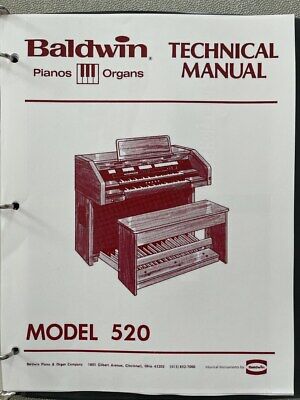

Output channel phone (1/4") jacks in the back of the console allowed for up to 3 separate outputs per division, thus as manyĪs 18 separate powered speaker cabinets (3 for each division) could be added. All drawknobs and rocker tablets remained in alignment in both on/off positions. Lighted rocker tablets paired with an 8-position factory-set Crescendo indicator built into the rail above the top manual controlled MIDI, Voicing Voices, couplers,Īnd tremulants were brought on or retired by means of lighted drawknobs and lighted manual and toe pistons.

This console's sampled voices were sourced, separated, and stored by division on 6 separate "slave" computers, one for each division, all of which were governed by a 7th master computer. Production of theĬ450 and C500 models ceased in 1997 when Viscount turned to producing a line of strictly 2- and 3-manual church organs. (model C350) to which one or two extra manuals could be piled on top creating a 4-manual (model C450) or 5-manual (model C500) console, respectively, while everything else, including the Pedal division, remained identical to the C350. At the time, Viscount had a 3-manual organ of fixed design in regular production According to an extremely reliable source only one block was ever ordered for the United States, but all 50 of them were sold.

Produced in blocks of 50 at a time, the Symphonia was the largest and Stored DS4 digitally sampled sounds aboard (this was an earlier and unrelated precursor of the physical remodeling technology supplied to the Viscount instruments available today). This 5-manual console was a self-contained MIDI-capable product having Manufactured in and imported from Mondaino, Italy during the 1990's (Baldwin first began importing Viscount organs into America and selling them as their own brand in late 1988). Some of the music of these Video subpages was recorded using a Baldwin/Viscount "Symphonia" electronic organ (photo), an instrument


 0 kommentar(er)
0 kommentar(er)
